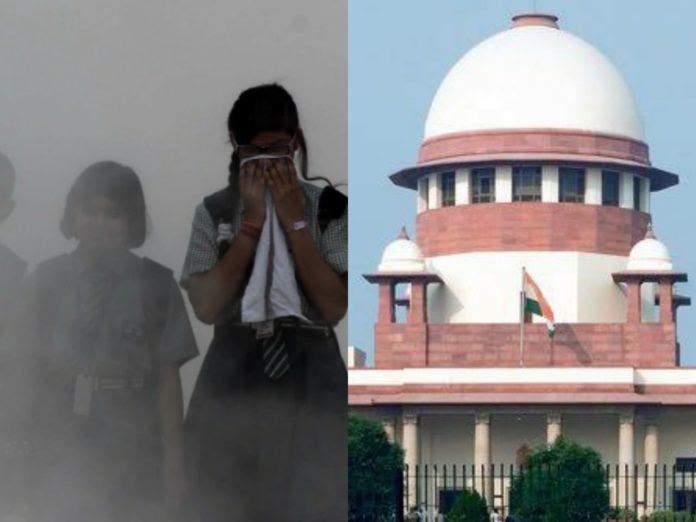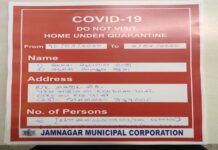[Delhi Air Pollution] This is the national capital; what signals are we sending to the world? Supreme Court
The Court said that ad-hoc measures are not sufficient to curb the Delhi air pollution, and called for a statistical and scientific study to combat the problem.
While stating that ad-hoc measures are not sufficient to curb the air pollution in Delhi, the Supreme Court on Wednesday called for a thorough statistical and scientific study and a graded response to combat the problem (Aditya Dubey v. Union of India).
The Bench of Chief Justice of India NV Ramana and Justices DY Chandrachud and Surya Kant further said that the toxic level of pollution in the national capital is painting a negative picture of the country to the world.
The Court, therefore, urged the Centre and States to come out with a graded response and to take steps in anticipation of the peculiar weather conditions that prevail in North India during the winter months so that the air quality index can be improved.
“This is the national capital. Look at the signal we are sending to the world. You can stop these activities in anticipation itself (of dip in air quality),” the Bench remarked.
The Court noted that currently, mitigating measures are taken only when the weather becomes severe, leading to a spike in pollution levels.
“We take measures (only) when the weather becomes severe. These measures have to be taken in anticipation. This anticipation has to be based on a statistical model,” the Court further said.
The weather in North Indian plains is a severe contributing the factor pollution, since wind slows down during the winter months, preventing dispersal of pollutants. The Bench emphasised that these factors should be accounted for when putting in place a statistical model to improve air quality.
“We have to define what is the acceptable level of air quality index for Delhi. Expected wind direction (should be studied) and also examine wind direction for the last 20 years. There was no computer then and now there are super computers. There needs to be a statistical model,” Justice Chandrachud said.
The Court eventually kept the matter for hearing on Monday next week after Solicitor General Tushar Mehta, who was appearing on behalf of Central government, apprised the Court about the various steps in place to improve air quality.
“Take the measures for the next two-three days and we will again hear this matter next Monday. In the meantime, if pollution becomes 100 etc, then you can lift some ban,” the Court said.
Importantly, the Court said that it will not close the case and will continue monitoring it.
“So long as seriousness is there, we have to hear this matter almost everyday. We just saw the AQI on phone, it is 318 now,” the CJI said.
The Court was hearing a case filed by a 17-year-old Delhi student relating to air pollution in Delhi and its adjoining areas.
During the previous hearings, the Court had been critical of the governments and the bureaucracy for lack of concrete action taken to tackle the issue.
After the top court’s observations, the Central and state governments had come out with a series of measures to curb pollution. This included bans on entry of trucks, construction, and shutting down of thermal power plants in a 300 km radius.
The Court asked the Centre to continue with appropriate measures for the next few days and posted the case for further hearing on November 29.
Source: Bar&bench






























